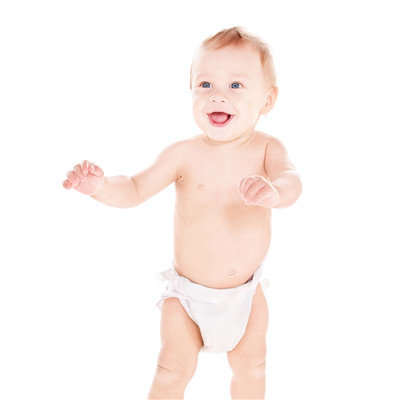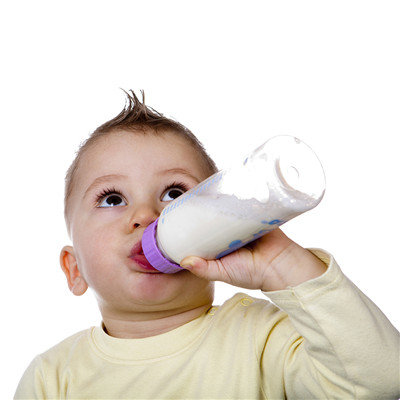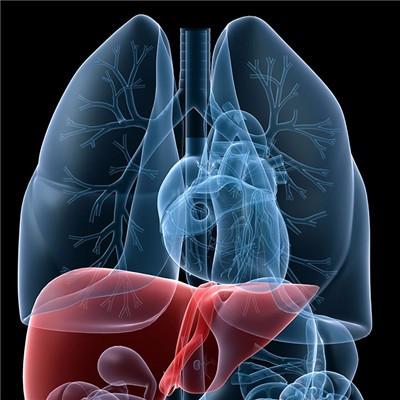What are the main symptoms of neonatal jaundice?
summary
Jaundice is a common disease of newborns, but this disease is divided into many kinds. Generally, the jaundice of newborns subsides with the passage of time and the growth of children's body, so parents don't have to worry too much. Let's understand the main symptoms of neonatal jaundice.
What are the main symptoms of neonatal jaundice?
Physiological jaundice appeared in 2-3 days after birth, most obvious in 4-5 days, and subsided naturally in 7-10 days. The general condition is good. The jaundice of immature infants may be severe, lasting for 2-3 weeks. The serum bilirubin content of mature infants is less than 12 mg, while that of immature infants is less than 15 mg and more than 5 mg. Jaundice and severe jaundice should be considered as abnormal, and the cause should be further investigated.

Hemolysis is caused by ABO or Rh blood group incompatibility between mother and infant. Jaundice appears early and severe, often accompanied by anemia, edema and hepatosplenomegaly. The diagnosis can be made by checking the blood type of parents and children, the specific antibody in maternal blood and the content of bilirubin in children.

Most of the patients with infection or sepsis have infection focus, accompanied by fever and other toxic symptoms. Viral hepatitis usually starts slowly in 1-3 weeks after birth, accompanied by gastrointestinal symptoms such as loss of appetite and liver function damage.

matters needing attention
As parents who have just had a baby, we still suggest that you learn more about neonatal jaundice. Only when we have a comprehensive understanding of neonatal jaundice, can we know how to prescribe the right medicine to the case, which will also reduce the pain of children caused by more diseases and the burden of drug costs.













